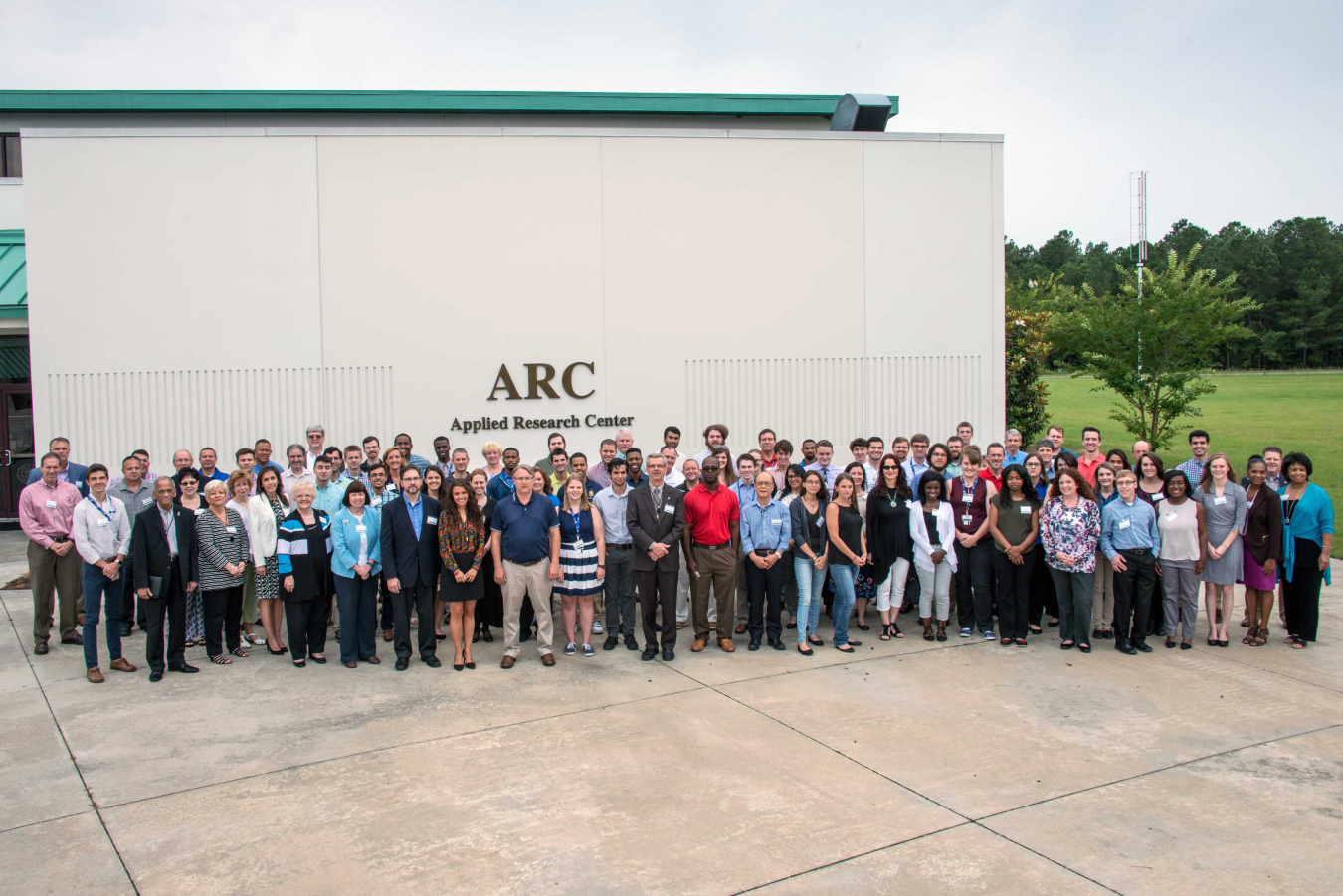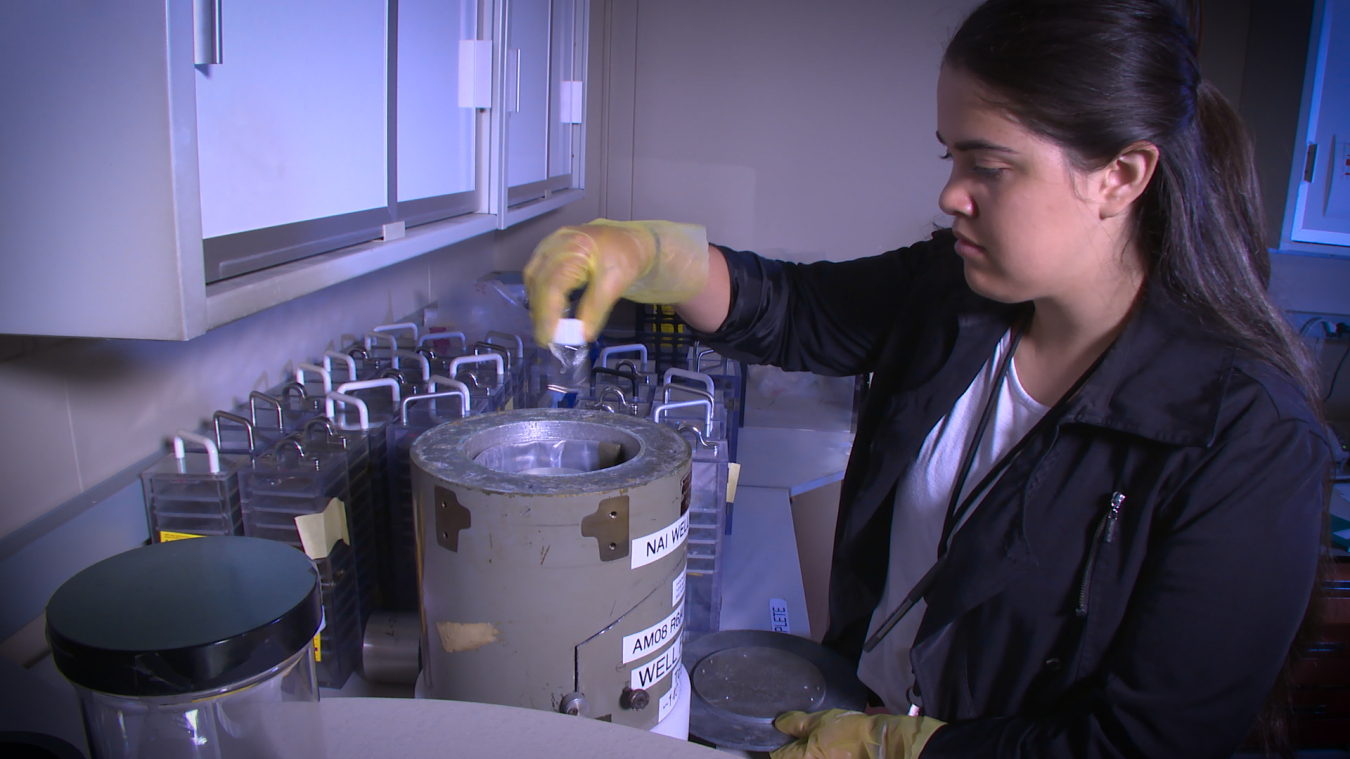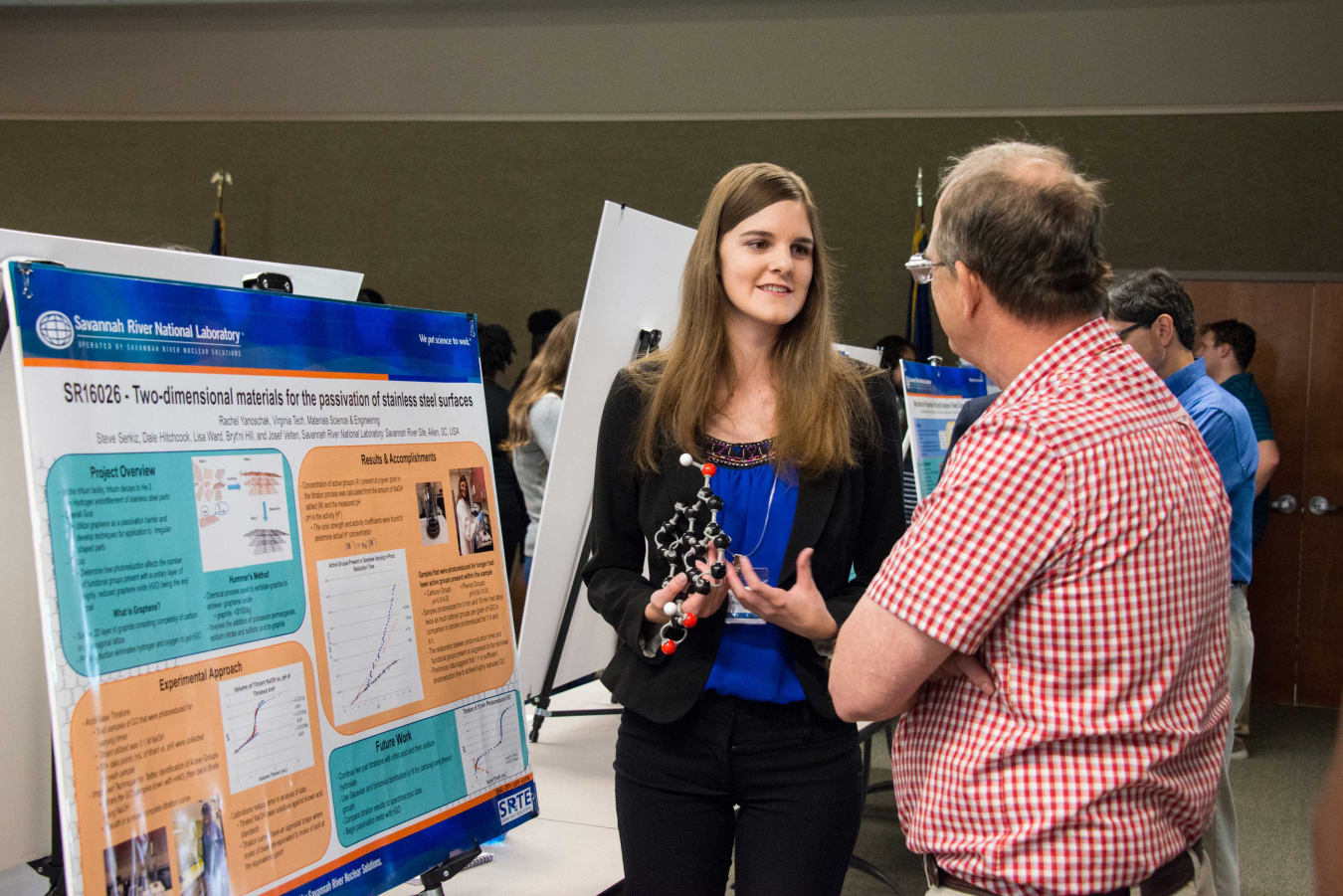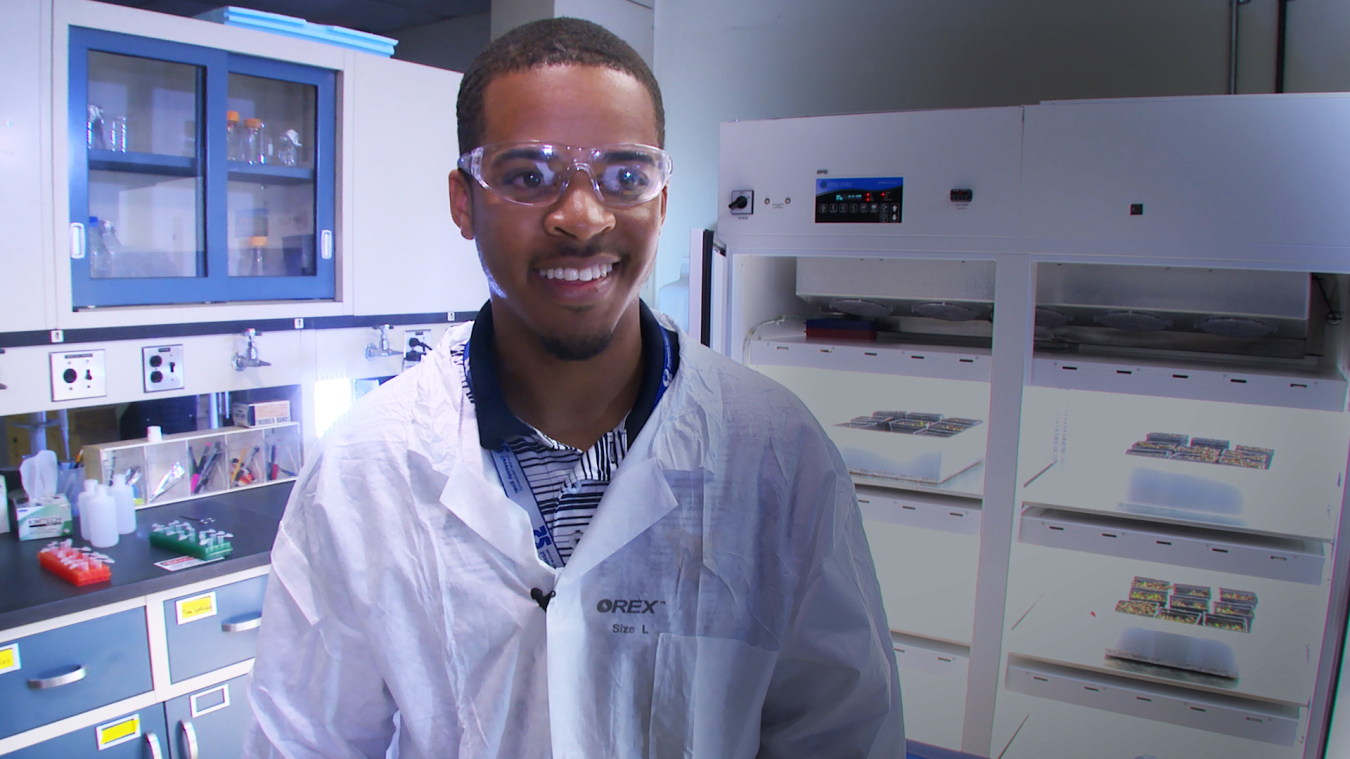There is a tremendous effort in our educational system to introduce young students to science, technology, engineering and math (STEM) and encourage them to pursue these fields. And rightfully so. We need these bright, energetic minds poised to answer our nation’s biggest challenges.
While igniting the passion for STEM is crucial, it is equally important to provide students with the advanced training and experience they need to become successful engineers and scientists. This is the guiding philosophy of STEM engagement at Savannah River National Laboratory, where We Put Science to Work™ to provide innovative, cost-effective solutions to our nation’s environmental, nuclear security, energy and manufacturing challenges.

SRNL summer 2017 class of interns and mentors.
Each summer, our researchers work with university students on real-life problems to ensure they have the tools and skills needed to make immediate impacts when they join the workforce. This year, Savannah River hosted its largest, most diverse, and most productive intern program with 58 students representing 26 colleges and universities from 12 U.S. states and territories. More than 50 of our scientists, engineers and technicians guided these students in completing real work on behalf of our nation.
I can’t tell you how impressed I was with the work these students accomplished. It was evident at the public poster session that marked the end of this summer’s program that these young researchers moved scientific discovery ahead in many key areas such as materials science, environmental science, robotics, radiochemistry and energy.
I was inspired by work from student researchers like Rachel Yanoschak from Virginia Tech who explored graphene as a passivation barrier for hydrogen isotopes and Jacoby Shipmon from North Carolina Agricultural and Technical State University who studied the water infiltration rates on waste caps at the Savannah River Site. And there’s countless other examples, like Aimee Gonzales from the University of Nevada Las Vegas who studied the degradation of liquid scintillation standards for nuclear materials and Michael Stewart from the University of South Carolina who assessed the impact of cloud cover on the energy output of the Southeastern U.S. solar power grid.

Beyond hosting STEM internships here in South Carolina, Savannah River National Lab supports STEM research opportunities nationally through the Department of Energy Office of Environmental Management’s Minority Serving Institution Partnership Program (MSIPP).
Managed by our lab on behalf of DOE’s Office of Environmental Management, the MSIPP program provides DOE National Laboratory internship opportunities to STEM students enrolled at minority serving institutions (MSIs). MSIs are institutions of higher education enrolling significant percentages of minority students or serve certain populations of minority students, such as Historically Black Colleges and Universities and Tribal Colleges and Universities.
This summer a total of 40 MSIPP interns were placed at six DOE National Laboratories including Los Alamos, Oak Ridge, Pacific Northwest, Idaho and Argonne. Savannah River hosted 11 of these MSIPP interns from MSIs as far away as the University of Puerto Rico at Mayaguez. Our MSIPP interns conducted research in areas including environmental modeling, environmental sciences, biotechnology, analytical development, advanced characterization and process technology.

While I like to tout these numbers as a way to quantify the impact we have on the development of young researchers, the real impact of the MSIPP program is what happens after the summer is over. Not only have these students gained invaluable insights into their research areas, they have also gained the hands-on experience and confidence they need to begin their professional careers.
In fact, two summers ago we hosted Bryt’Ni Hill, an MSIPP intern from Newberry College, who was able to move directly from her internship into a position at our lab as an associate scientist in our Science and Technology directorate. Today, she is conducting important work for the nation by determining the corrosion chemistry control limits for radioactive liquid waste stored in large, carbon-steel tanks here at Savannah River Site and at the Hanford Site near Richland, Washington.
This is what our investment in STEM is really about. Creating “win-win” situations for students, our National Labs, and our mission.

